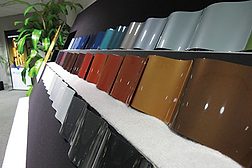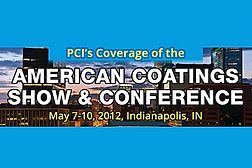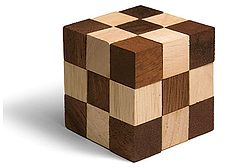Home » Automotive Coatings
Articles Tagged with ''Automotive Coatings''
New High-Performance Pigments for Lead Chromate Replacement in the Yellow and Orange Color Space
Read More
Keep the info flowing with our eNewsletters!
Get the latest industry updates tailored your way.
JOIN TODAY!Copyright ©2024. All Rights Reserved BNP Media.
Design, CMS, Hosting & Web Development :: ePublishing









